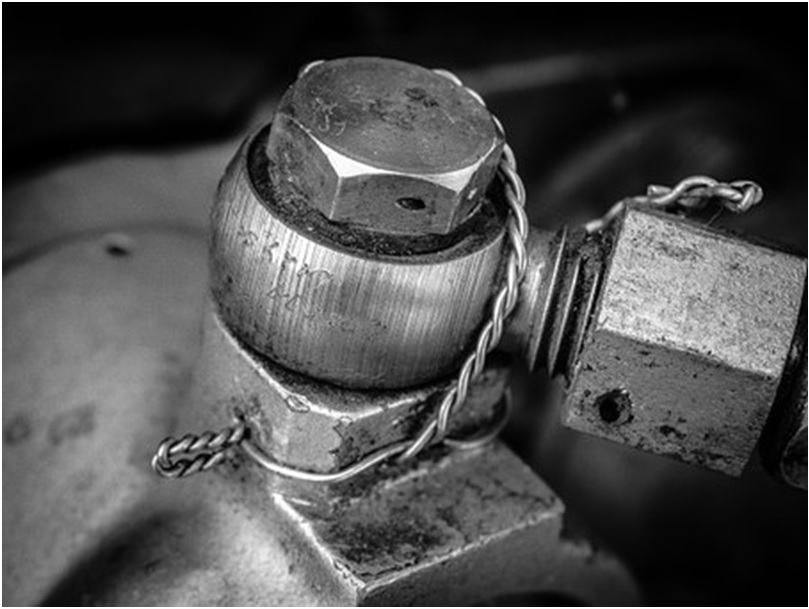Why Cable and Wire Harness Assembly Professionals Need to Master the IPC 620 Standard

In the cable and wire harness manufacturing and assembly industry, every professional is governed by the IPC-620 or IPC/WHMA-A-620 standard. These professionals either receive separate training from independent IPC centers, or their employers provide this training. Having a staff that has passed the IPC/WHMA-A-620 certification examination is very beneficial for cable and wire harness manufacturing/assembling companies. As these companies create different designs of their wire harness products, they have to keep the critical considerations mentioned in the IPC/WHMA-A-620 standard in mind so that their manufacturing cycles are efficient and error-free.
Once professionals complete the IPC 620 Standard training program, they’re certified as Application Specialists. This credential enables them to receive recognition throughout the electronics manufacturing industry, especially in the cable and wire harness manufacturing and assembly industry. By mastering the IPC/WHMA-A-620 standard, professionals can –
- Refer to the IPC/WHMA-A-620 standard to decide whether the cable and wire harness products they create or purchase are of acceptable quality or not. Clear guidelines for rejecting low-quality cable and wire harness products are mentioned in the IPC/WHMA-A-620 standard.
- Interpret all the complex terminologies used at cable and wire harness production plants by industry professionals. The IPC/WHMA-A-620 certification course is guided by IPC-certified experts who simplify complex definitions, concepts, and guidelines related to the manufacture of cable and wire harness products.
- To earn the IPC/WHMA-A-620 certification, students have to score 70% or more in their written exams.
So, getting this credential isn’t easy. But, if students use the right resource materials and receive proper training on time, they can obtain this vital certification fairly easily. The IPC/WHMA-A-620 certification lasts only two years, so all professionals need to retake the qualification exam every two years.
Plus, the IPC and the Wiring Harness Manufacturer’s Association (WHMA) revise the IPC WHMA-A-620 document every three years. There are new details and acceptability requirements added to this standard every three years.
Designing a Wire Harness – Key Considerations That Wire Harness and Assembly Professionals Need to Make
Parts Considerations
Wire harness manufacturing professionals are always looking to enhance the quality, delivery, and cost-effectiveness of the harnesses they manufacture. However, when clients ask for specific internal harness specifications to produce their equipment’s wiring, communications can get complicated. Ideally, the manufacturer should have demo parts and components in hand to develop the right solutions.
However, professionals who are masters of the IPC/WHMA-A-620 standard can already dictate how the harness ought to be bundled, terminated, etc. So, this set of generic standards helps wire harness manufacturing professionals communicate freely with their peers.
Environmental Safety
Selecting the correct wire material is key to creating effective applications. Not using the right wire materials can cause electronic products/components to suffer from wire insulation breakdowns, premature failures, and potential safety concerns. Even worse, such components typically fail to comply with supervisory requirements such as the CE (Conformite Europeenne) or UL (Underwriters Laboratories).
Thankfully, the appropriate design process for harnesses is mentioned in the IPC/WHMA-A-620 standard. So, as long as the wire harnesses are manufactured as per these standards, the risk of the products causing environmental damages is minimal.
Coverings on the Wirings
Assembly professionals need to understand the purpose of each type of wire covering before determining which one’s best for their applications. Not all wiring parts require additional coverings as they mess up their flexibility and serviceability. So, wire assembly professionals need to be careful while picking between tapes, braided looms, split sleeves, conduits, etc. All of these coverings serve different purposes.
Wire Colors and Labels
Wire colors help electronics manufacturing professionals identify different circuit names. These labels usually feature printed text that symbolizes different feature variations like insulation materials, voltage ratings, whether the wire is made of bare/plated copper, etc. For instance, “GXL” is printed on wires that are meant for automotive uses.
Tolerance Levels
Wire designers also need to clearly define their products’ dimensions and tolerance levels as per IPC standards. Various OEMs have their own ways of measuring wire and cable harnesses. However, the acceptable tolerances for all wire lengths need to be in accordance with IPC/WHMA-A-620 guidelines.
Certify Your Workmanship Standards by Receiving IPC/WHMA-A-620 Training
Just the automotive wiring harness market is valued at over $43.3 billion. There are plenty of job opportunities for wire and cable harness professionals who receive their IPC/WHMA-A-620 certification. These 3-day courses are very entertaining and educational. Once students successfully pass modules 1-8 with average scores of 70% (or more), they can receive their IPC/WHMA-A-620 certificate that lasts for 24 months.
Professionals involved or who want to be involved with the manufacture of Cable Assemblies at operator or supervisor levels should opt for Application Specialist (or CIS) courses. These higher courses are designed to explain the different assembly classes mentioned in the IPC/WHMA-A-620 standard. All professionals who receive this certification live by the IPC/WHMA-A-620 standards for the rest of their professional lives!